What’s new

Fixing LearnDash performance drops after 4.9.0 (40% improvement)
The LearnDash 4.9.0 update slows down the course edit page. Here’s how to fix it.
Why your LearnDash LMS should be selling memberships, not courses
Selling your courses through a membership system can help make your LMS more scalable and flexible. Here’s why.

Stop using the built-in e-commerce features in LearnDash
Using the built-in LearnDash Payments feature can limit your options and lock you into a limited sales model.
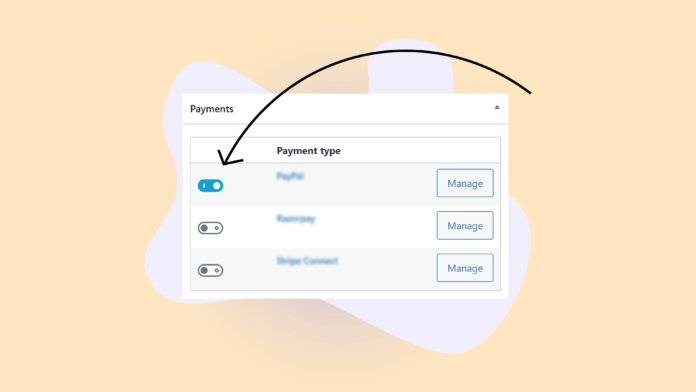
Pros and cons of a WordPress LMS in 2024
Find out if a self-hosted WordPress LMS is right for you or whether you’d be better suited by something ready-made.
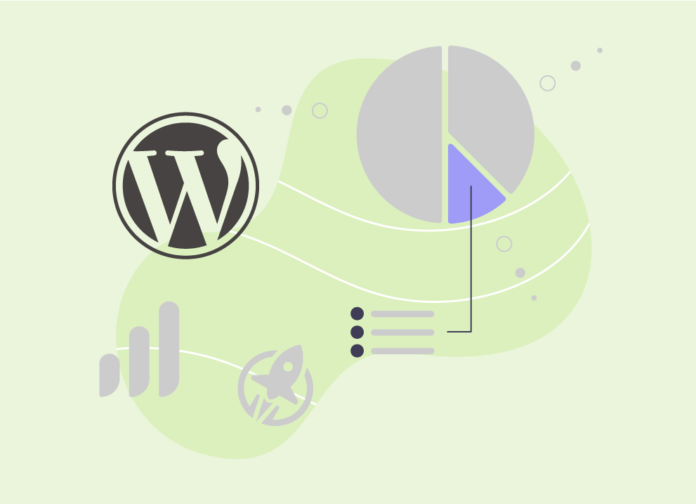
Your inbox needs more Tangible!
Grow your online business faster with news, tips, strategies, and inspiration.
By clicking the Subscribe button, you agree to our Privacy Policy.
Browse
More Posts

Fixing LearnDash performance drops after 4.9.0 (40% improvement)
The LearnDash 4.9.0 update slows down the course edit page. Here’s how to fix it.

Why your LearnDash LMS should be selling memberships, not courses
Selling your courses through a membership system can help make your LMS more scalable and flexible. Here’s why.
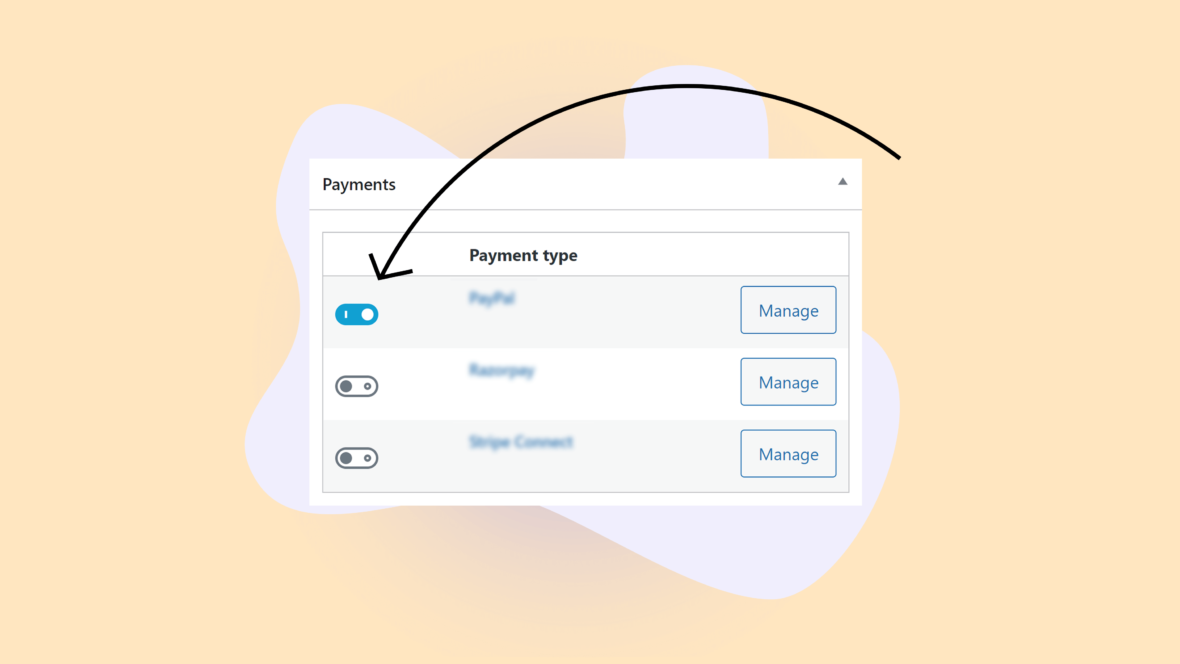
Stop using the built-in e-commerce features in LearnDash
Using the built-in LearnDash Payments feature can limit your options and lock you into a limited sales model.
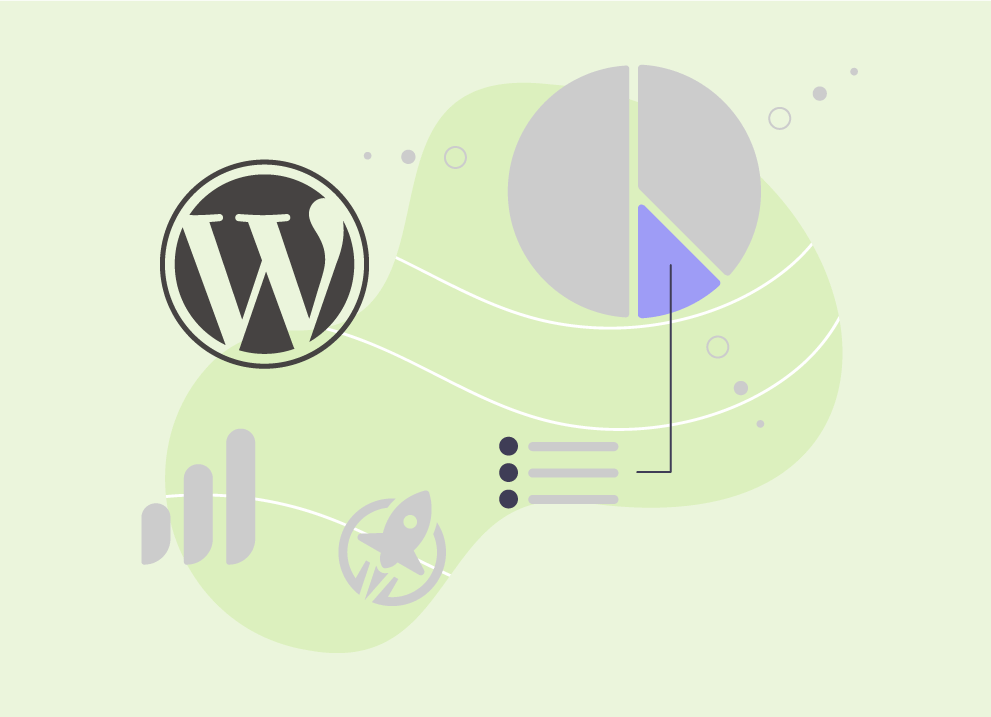
Pros and cons of a WordPress LMS in 2024
Find out if a self-hosted WordPress LMS is right for you or whether you’d be better suited by something ready-made.
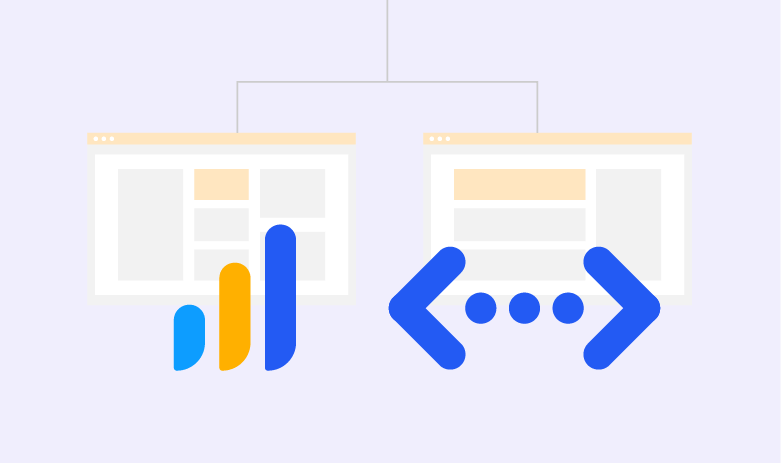
Complete LearnDash LMS feature list: built-in vs add-ons
The ultimate list of every possible LearnDash LMS feature. Find out which features are built-in, require an add-on, or can be built with custom development.